hot springs portable spas owners manual
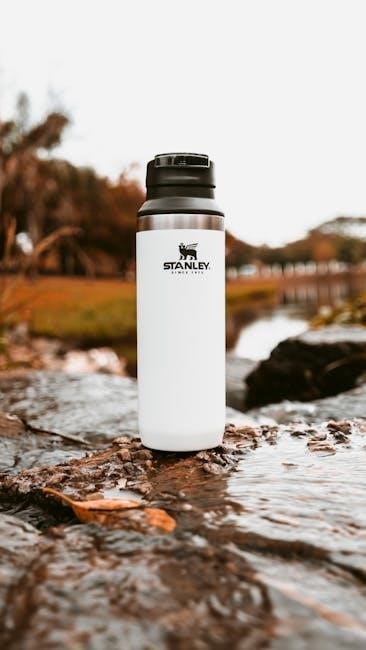
Hot Springs portable spas offer a luxurious, convenient way to relax at home. Known for durability and comfort, they provide a spa experience with minimal setup required.
1.1 Understanding the Benefits of Portable Spas
Portable spas offer unparalleled convenience, allowing you to enjoy relaxation and therapeutic benefits in the comfort of your home. They provide a luxurious soaking experience, improving mental and physical well-being. With advanced features like jets and temperature control, portable spas enhance circulation, relieve muscle tension, and promote relaxation. Their compact design makes them ideal for small spaces, while easy installation and portability ensure flexibility in placement. Regular use can improve sleep quality and reduce stress. Additionally, portable spas are cost-effective compared to permanent installations, making them a practical choice for homeowners seeking wellness and leisure without major renovations. They combine luxury, convenience, and health benefits, making them a perfect addition to any lifestyle.
1.2 Overview of Hot Springs Portable Spa Models
Hot Springs offers a diverse range of portable spa models designed to cater to various needs and preferences. From compact units for small spaces to larger models for entertaining, their collection includes options like the Highlife Collection, known for advanced jet technology and ambiance features. Each model is engineered for durability, with high-quality materials and energy-efficient designs. The spas feature intuitive controls, adjustable jets, and temperature settings for a personalized experience. Whether you prioritize relaxation, therapy, or entertainment, Hot Springs portable spas provide a luxurious and versatile solution. Their sleek designs and innovative features ensure a premium spa experience in the comfort of your home.
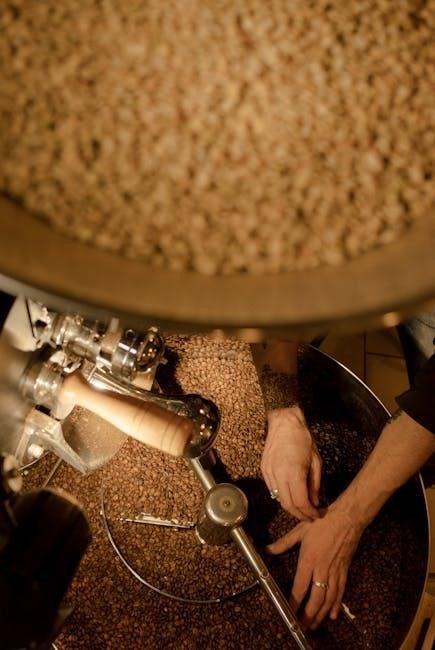
Safety Precautions and Guidelines
Always follow safety guidelines to ensure a safe and enjoyable experience. Read the manual carefully, monitor temperature, and avoid electrical hazards. Supervise children and pets near the spa.
2.1 General Safety Tips for Spa Users
Safety is paramount when using a portable spa. Always ensure the water temperature does not exceed 104°F (40°C) to avoid health risks. Supervise children and pets when the spa is in use. Avoid using electrical appliances near the spa to prevent shocks. Never use the spa after consuming alcohol or while under the influence of medication. Individuals with certain medical conditions, such as high blood pressure or heart problems, should consult a doctor before using the spa. Keep the area around the spa clear of obstacles to prevent slips and falls. Always follow the manufacturer’s guidelines for safe operation and maintenance. Regularly inspect the spa and its components for damage. By adhering to these tips, you can enjoy a safe and relaxing experience.
2.2 Electrical Safety Considerations
Ensure your portable spa is installed by a licensed electrician to meet local electrical codes. Always use a Ground Fault Circuit Interrupter (GFCI)-protected outlet to prevent shocks. Keep all electrical components, including cords and control panels, away from water to avoid hazards. Never submerge electrical parts in water or expose them to moisture. Avoid overloading circuits, as this can cause overheating or electrical failure. Use only manufacturer-approved extension cords rated for outdoor use. Regularly inspect cords and plugs for damage or wear. Never operate the spa during a lightning storm. Maintain a safe distance from any water sources while handling electrical controls. Adhering to these guidelines ensures a safe and enjoyable spa experience while minimizing electrical risks.
2.3 Important Warnings and Contraindications
Consult a healthcare professional before using the spa if you have heart conditions, high blood pressure, or are pregnant. Avoid using the spa if you have open wounds or skin infections. Do not use the spa while under the influence of alcohol or drugs, as this can lead to dizziness or loss of consciousness. Children and pets should never be left unattended near the spa. Overexposure to heat can cause dizziness or nausea, so limit sessions to 15-20 minutes. Individuals with diabetes or circulatory issues should exercise extreme caution. Never use the spa if you experience discomfort or pain. Always follow recommended temperature guidelines to avoid burns or heat-related illnesses.

Installation and Setup
Ensure the location is flat, durable, and well-ventilated. Unpack carefully, connect electrical components, and follow setup instructions. Test all features before first use to ensure proper function.
3.1 Choosing the Right Location for Your Spa
When selecting a location for your portable spa, ensure the surface is level, sturdy, and can support the weight of the spa when filled. Avoid uneven or soft ground to prevent tipping or instability. Choose a spot with good drainage to prevent water accumulation. Keep the spa away from direct sunlight to maintain consistent water temperature. Ensure proximity to a power source, as the spa requires electricity. Avoid placing it near flammable materials or overhanging branches. Consider a sheltered area to protect the spa from wind and extreme weather. Ensure easy access for maintenance and cleaning. Always follow manufacturer guidelines for optimal placement and safety.

3.2 Step-by-Step Installation Guide
Begin by carefully unboxing and inspecting the spa for any damage. Place the spa on a level, sturdy surface, ensuring it is on a spa pad or equivalent to protect the bottom. Inflate the spa according to the manufacturer’s instructions, typically using the provided pump. Connect the filtration system and ensure all hoses are securely attached. Fill the spa with water using a garden hose, making sure not to exceed the recommended water level. Test the jets and heating system to ensure proper function. Finally, add the necessary chemicals and allow the spa to heat before first use. Always refer to the manual for specific instructions tailored to your model.
3.3 Electrical Requirements and Connections
Ensure your portable spa is connected to a dedicated 120V or 240V circuit, depending on the model, by a licensed electrician. The circuit must be GFCI-protected to meet safety standards. Locate the electrical connection box near the spa’s base and attach the provided power cord securely. Avoid using extension cords, as they can pose a fire hazard. Once connected, test the spa’s systems to ensure proper functionality. Always follow local electrical codes and consult a professional if unsure. Proper electrical setup is critical for safe and efficient operation. Refer to your manual for specific voltage and amperage requirements for your model.
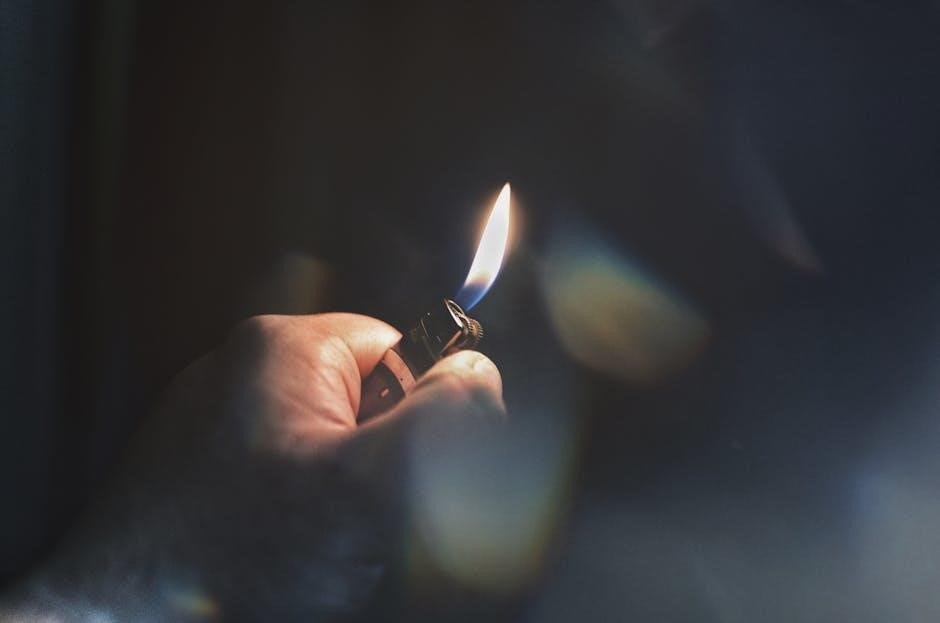
Operating Your Portable Spa
Operating your spa is straightforward. Use the control panel to adjust settings, ensuring a safe and enjoyable experience. Always follow safety guidelines for optimal performance.
4.1 Turning On and Off the Spa
To operate your portable spa, start by pressing the power button on the control panel. Ensure the spa is properly primed before turning it on to avoid airlock issues. When turning off, drain the jets completely and unplug the spa if not in use for an extended period. Always follow the manufacturer’s instructions for startup and shutdown procedures. Regular maintenance and adherence to safety guidelines will ensure optimal functionality. Keep children away from controls and never leave the spa unattended while in use. Proper operation extends the lifespan of your spa and enhances your relaxation experience. Consult your manual for specific model instructions.
4.2 Adjusting Temperature and Jets
To ensure a comfortable experience, start by adjusting the temperature using the control panel. The ideal range is typically between 98°F and 104°F. Use the up and down arrows to set your desired temperature. For the jets, press the jet button to cycle through massage settings. Adjust the jet intensity by turning the adjustable jet nozzles. Some models allow redirecting water flow for a personalized massage. Always test the water before entering to avoid discomfort. Regularly cleaning the jets ensures optimal performance. Refer to your manual for specific instructions, as features may vary by model. Proper adjustment enhances relaxation and enjoyment, making your spa experience truly rejuvenating and tailored to your preferences.
4.3 Using the Control Panel Effectively
The control panel is the central hub for operating your portable spa. Familiarize yourself with its layout, which typically includes buttons for power, temperature, jets, and lighting. Press the power button to turn the spa on or off. Use the temperature buttons to adjust the heat within the recommended range. The jet button controls the massage system, while the light button toggles the LED lighting. Navigate through settings using the menu button, accessing options like timer, temperature, and jet modes. Always refer to the manual for model-specific features. To avoid errors, press buttons one at a time and wait for confirmation. Regularly updating settings ensures a personalized and enjoyable experience. Proper usage prolongs the lifespan of your spa system.
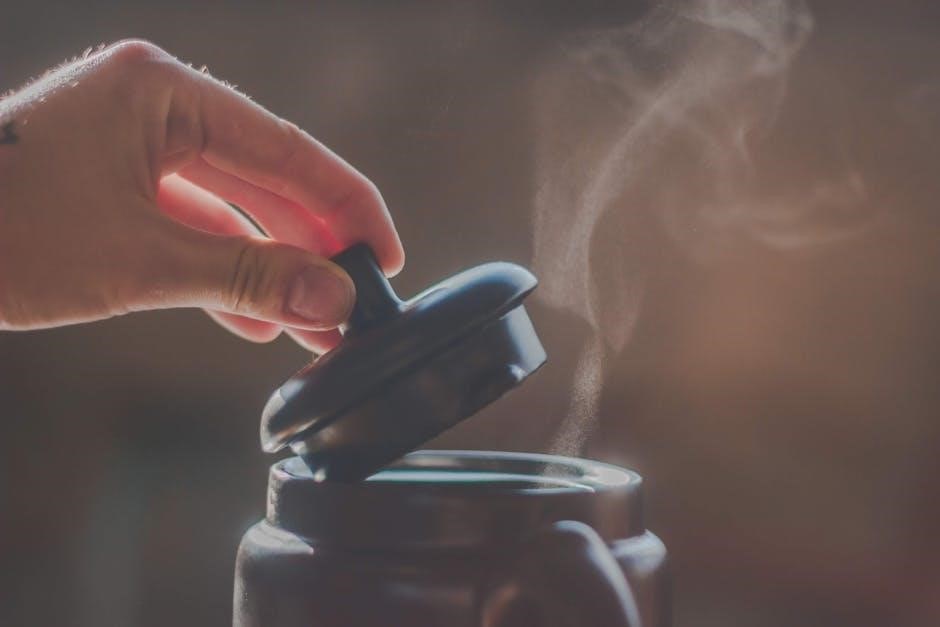
Maintenance and Cleaning
Regular maintenance ensures optimal performance and longevity of your portable spa. Clean filters, balance water chemistry, and inspect equipment regularly to maintain hygiene and functionality.
5.1 Regular Cleaning Schedule for Optimal Performance
Establishing a consistent cleaning routine is essential for maintaining your portable spa’s performance and hygiene. Clean the spa shell and surfaces weekly using mild, non-abrasive cleaners to prevent bacteria buildup. Every 1-2 weeks, drain and refill the water to ensure clarity and freshness. Regularly inspect and clean the filter cartridges, as clogged filters can reduce water circulation and heating efficiency. Additionally, wipe down the jets andpillow inserts to remove any residue. For optimal performance, maintain a cleaning schedule that aligns with usage frequency. Consistency in cleaning helps prevent mineral deposits and ensures a safe, enjoyable soaking experience. Always follow manufacturer guidelines for cleaning products to avoid damaging the spa components.
5.2 How to Clean the Spa Filter and Jets
Cleaning the spa filter and jets is crucial for maintaining water quality and system efficiency. Start by turning off the power to the spa. Remove the filter cartridge and rinse it with a garden hose to eliminate debris. Soak it in a mixture of water and filter cleaner for deeper cleaning. For the jets, ensure they are free from blockages by cleaning them with a soft brush or running a cleaning cycle with a jet cleaner. Regularly inspect and clean both components to prevent mineral buildup and bacterial growth. Always refer to the manufacturer’s instructions for specific cleaning solutions and frequencies to ensure optimal performance and longevity of your portable spa.
5.3 Balancing Water Chemistry and pH Levels
Maintaining proper water chemistry and pH levels is essential for a safe and enjoyable spa experience. The ideal pH range for your spa water is between 7.2 and 7.8. Low pH can cause skin irritation and corrode equipment, while high pH may lead to cloudy water and reduced sanitizer effectiveness. Test the water regularly using test strips or a digital tester. To adjust pH, use pH balancers or soda ash for raising levels and pH reducers for lowering them. Additionally, ensure sanitizer levels (chlorine or bromine) are within the recommended range to maintain hygiene and prevent bacterial growth. Regular testing and adjustments will help maintain a balanced and safe environment for spa use.
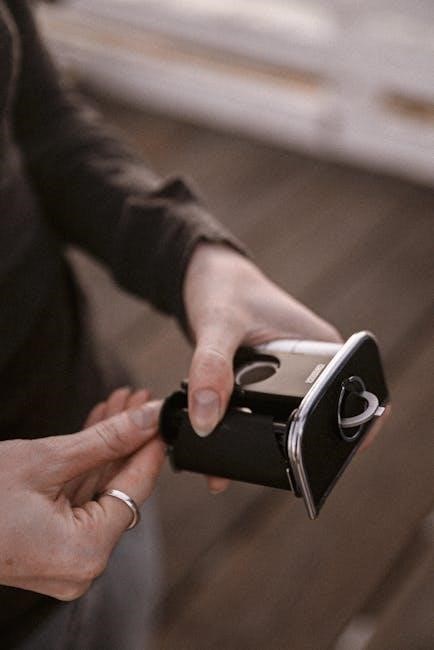
Troubleshooting Common Issues
Troubleshooting your portable spa involves identifying common problems like leaks, heater malfunctions, or control panel errors. Always refer to your manual for specific guidance. Regularly inspect components, clean filters, and ensure proper connections. If issues persist, contact customer support or a certified technician for assistance. Early detection and resolution can prevent major repairs and extend the lifespan of your spa.
6.1 Diagnosing and Fixing Leaks
Leaks in your portable spa can often be traced to connections, seals, or worn-out parts. Start by turning off the power and inspecting the spa’s exterior for visible water droplets or puddles. Check the pump, heater, and plumbing connections, as these are common leak sources. Tighten any loose fittings and ensure all seals are intact. If leaks persist, inspect the vinyl liner for punctures or tears, which may require patching or professional repair. Regularly inspecting and maintaining your spa’s components can prevent leaks and extend its lifespan. Always refer to your manual for specific guidance on repairing your model.
6.2 Resolving Heater Malfunctions
Heater malfunctions in your portable spa can disrupt your relaxation experience. Start by checking the control panel for error codes, which often indicate the issue. Ensure the spa is properly powered and the GFCI breaker hasn’t tripped. If the heater isn’t producing heat, verify that the temperature is set correctly and the filter is clean, as a clogged filter can restrict water flow. Check for blockages in the plumbing lines and ensure all valves are open. If issues persist, inspect the heating element for mineral buildup or damage. Descale the heater if necessary, and consider replacing it if it’s faulty. Always consult a professional for complex repairs to avoid further damage.
6.3 Addressing Control Panel Errors
Control panel errors can be frustrating but are often resolveable. Start by checking the error codes displayed, as they usually indicate the specific issue. Common errors include faulty sensors, temperature discrepancies, or communication issues between components. First, ensure the spa is properly powered and all connections are secure. Restarting the system by turning it off and on can sometimes reset the control panel. If the issue persists, inspect the sensors for cleanliness and ensure they are free from debris. For complex errors, consult the user manual or contact a certified technician. Regular maintenance and updating software, if applicable, can prevent future control panel malfunctions. Always follow safety guidelines when troubleshooting electrical components.

Accessories and Upgrades
Enhance your spa experience with accessories like covers, steps, and filters. Upgrades such as LED lights, sound systems, or advanced jets can improve functionality and enjoyment. Always choose compatible additions to maintain performance and safety, ensuring a luxurious and personalized experience. Follow manufacturer guidelines for installation and use to maximize benefits and longevity of your spa. Regularly review upgrade options to keep your spa modern and efficient. Accessories and upgrades not only boost comfort but also protect your investment, ensuring years of relaxation and enjoyment. Explore available options to tailor your spa to your preferences and lifestyle needs effectively.
7.1 Recommended Accessories for Enhanced Experience
To elevate your spa experience, consider essential accessories like durable covers for weather protection, slip-resistant steps for safe entry, and a spa caddy for convenient chemical storage. Lighting kits can create a relaxing ambiance, while aromatherapy dispensers add a soothing sensory experience. A floating tray is perfect for holding drinks or snacks, and a premium filter cleaner ensures optimal water circulation. Thermal blankets help retain heat, reducing energy costs. Spa test strips are crucial for monitoring water chemistry, and a maintenance kit keeps your spa in top condition. These accessories enhance comfort, safety, and functionality, allowing you to enjoy your portable spa fully. Always choose products designed for your spa model to ensure compatibility and performance.
7.2 Upgrading Your Spa with Additional Features
Upgrading your spa can enhance its performance and enjoyment. Consider adding advanced jet systems for targeted massage therapy or LED lighting for a vibrant ambiance. Wi-Fi connectivity allows remote control via smartphones, while an ozone generator improves water sanitation. Solar heating systems can reduce energy costs, and an insulated cover minimizes heat loss. Upgraded control panels with touch screens offer intuitive operation, and ambient sound systems create a relaxing atmosphere. Always ensure upgrades are compatible with your spa model and follow manufacturer guidelines. Consulting a professional is recommended for complex installations to maintain warranty validity and ensure safety. These upgrades can transform your spa into a luxurious retreat, tailored to your preferences and needs.
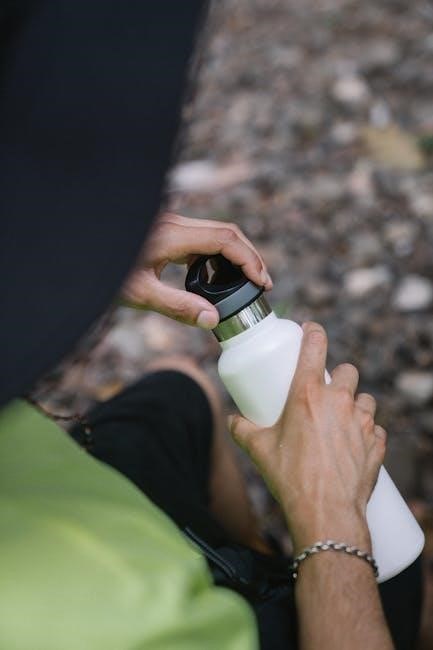
Chemical Maintenance and Usage
Proper chemical maintenance ensures clean, hygienic water. Use sanitizers and pH balancers to maintain safe levels. Regularly test and adjust chemicals to prevent issues and extend equipment life.
8.1 Types of Chemicals Needed for Your Spa
For optimal water quality, essential chemicals include sanitizers like chlorine or bromine to eliminate bacteria and contaminants. pH balancers regulate water acidity, ensuring user comfort and equipment longevity. Shock treatments oxidize organic matter, maintaining water clarity. Clarifiers prevent cloudiness, while algaecides inhibit algae growth. Additionally, stain and scale preventers protect surfaces from mineral buildup, ensuring efficient operation and longevity of your spa system.
8.2 Proper Dosage and Application Guidelines
Always test the water before adding chemicals to determine the correct dosage. Start by adjusting the pH levels, using pH increaser or decreaser as needed, to maintain a range of 7.2–7.8. Next, add sanitizers like chlorine or bromine, following the manufacturer’s instructions for optimal disinfection. Allow the spa to circulate for at least 30 minutes before testing again. Shock treatments should be applied weekly or after heavy use to remove organic contaminants. When adding multiple chemicals, introduce them one at a time, waiting a few minutes between each to prevent interference. Always follow the recommended doses to avoid over-chlorination or chemical imbalances. Regular testing ensures a safe and enjoyable spa experience.
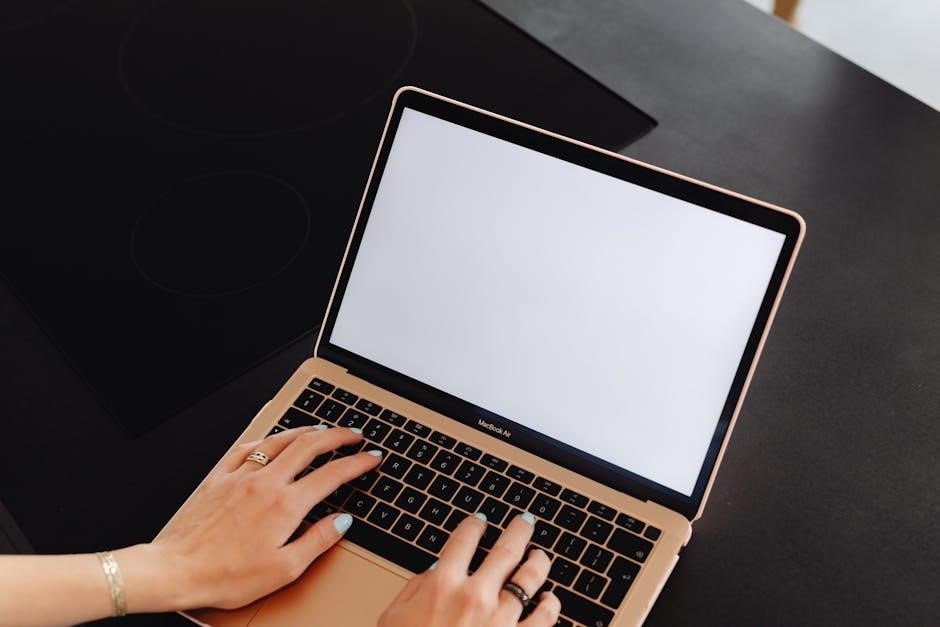
Energy Efficiency and Cost Savings
Regular maintenance, proper insulation, and using energy-efficient equipment can significantly reduce energy consumption. Lowering the temperature when not in use and using a spa cover helps conserve energy.
9.1 Tips for Reducing Energy Consumption
Optimizing energy use for your portable spa begins with simple, practical adjustments. Use a high-quality spa cover to minimize heat loss when the spa is not in use. Lower the water temperature slightly, as even a few degrees can make a significant difference. Run jets and heating cycles during off-peak energy hours to reduce strain on the power grid. Consider upgrading to an energy-efficient pump or heater, as newer models often consume less power. Insulate exposed pipes and ensure the spa is placed on a well-insulated surface. Regularly maintain and clean filters to ensure optimal airflow, which reduces the system’s workload. By implementing these strategies, you can enjoy your spa while keeping energy costs manageable and environmentally friendly.



Leave a Reply
You must be logged in to post a comment.